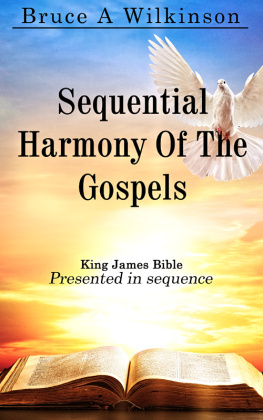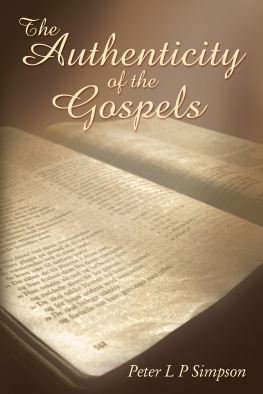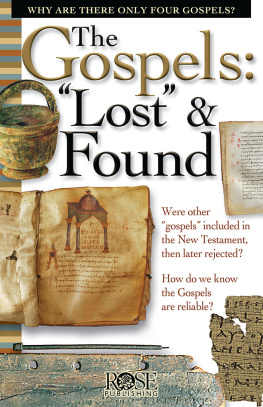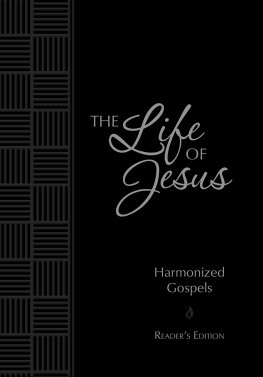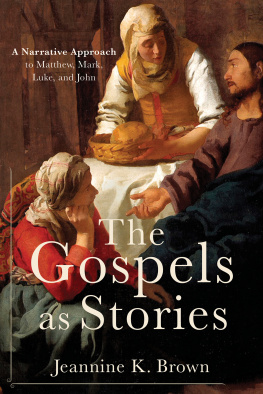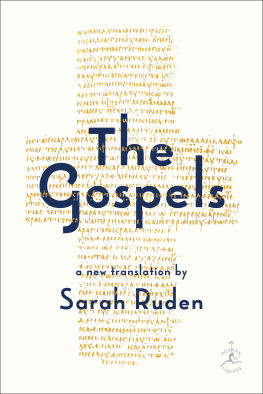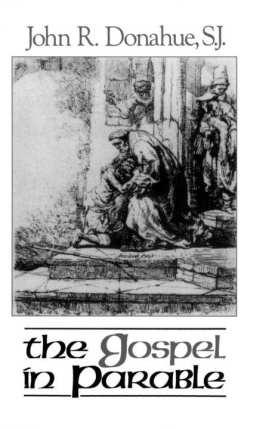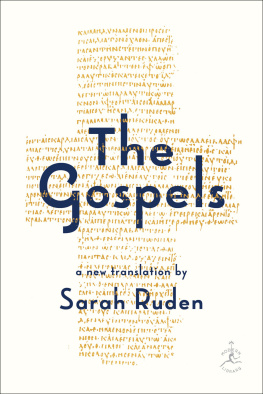ISBN 978-0-615-80036-3
Copyright 2013
By Bruce A Wilkinson
All Rights Reserved
Published 2013
Beacon Hill
Published In The
United States Of America
For My Beloved Shelley
PREFACE
Thank you for your interest in reading this book. It is my sincere hope, that alongside your Bible, it will help you grow in the grace and knowledge of our Lord Jesus Christ. The Gospels of the New Testament tell us the greatest story ever told! Christ is our great example, and it is our duty to become more like Him every day. So then faith cometh by hearing, and hearing by the word of God. (Romans 10:17)
The idea of placing the four Gospels in harmony is not a new concept. It dates as far back as the second century A.D. Harmonies have two popular formats: the Sequential and the Synopsis. The Sequential Harmony seeks to interweave the four Gospels together into a single flowing narrative, whereas the Synopsis presents the Gospels side by side, in parallel with each other.
The Gospels of Matthew, Mark and Luke are referred to as the Synoptic Gospels because they contain such similar content, whereas the Gospel of John tends to stand by itself. 30% of the book of Matthew contains original material not found in the other three. The book of Mark contains 8%, the book of Luke contains 50%, and 92% of the book of John is found to be original. The benefits of viewing the four Gospels in layers to expose the distinctive elements of each book are apparent. When one considers the fact that no one book relates the full story on its own.
As previously stated, the first known Gospel Harmony originated in the middle of the second century when Tatian presented his work known as the Gospel of the mixed in 169 A.D. He was an early Assyrian writer and theologian whose writings remained influential until the fifth century A.D. However, the forerunner of the modern Harmony is found to have originated in the early part of the third century, where Ammonius of Alexandria produced the first known Harmony Synopsis, which presented the four Gospels in parallel.
The sixteenth century produced more harmonies than the fourteen centuries that preceded it. The middle ages were a time of great persecution for the churches. Anabaptists (meaning re-baptizers) were distinct because of their assertion of the necessity of adult baptism, rejecting the infant baptism practiced by the Roman Catholic Church. They believed that true baptism required a public confession of faith, which could only be accomplished as an exercise of ones free will following salvation.
They believed in the separation of church and state, and were dedicated to the preservation of Gods Word hundreds of years before the reformation ever took place. Roman Catholic and other Protestant groups alike persecuted many Anabaptists in Europe, and most Anabaptist leaders had been executed by the end of the 16th century.
Perhaps the greatest contribution the Anabaptists made was their preservation of the Scriptures. For over a thousand years hundreds of these churches hand copied and preserved the Scriptures independently of each other. When collected together by Erasmus in 1522, they were found to be in almost complete agreement with each other. These collected scriptures eventually gave us the Textus Receptus, (Received Text) which formed the underlying text for the King James Bible: the only reliable translation of the Bible in the English language today.
William Tyndale, a student of Erasmus, was one of the first scholars to make the Bible available in the English language. Whereas the Roman Catholic Church kept the Bible out of the hands of the people, Tyndale, believing the Bible was meant for the common person, gave rise to the concept of the Peoples Bible in 1525. Although this concept met with great opposition, the translation of the King James Bible in 1611, along with the invention of the printing press in 1439, gave rise to the writing of more Harmonies than ever before.
In modern times, the work on Gospel Harmonies, was championed by John Albert Broadus who produced his finished work in 1893. His protg, A.T. Robertson, followed his work by publishing a revision in 1922. However, the vast majority of harmonies produced during the past 100 years were based on perverted versions of the English Bible. It is rare indeed to find a Harmony published using the King James Bible. It is for this reason that I felt so strongly about publishing this work.
This Harmony was not written to facilitate the needs of professors nor cater to the proponents of higher criticism. Like Tyndales idea of the Peoples Bible, it was written for the common person for use as a devotional. It has not been written with a collection of notes or commentary embedded within the text, but contains pure scripture presented in sequential order, that allows the reader to read the Gospels as one continuing story.
Verses were selected for their original content. When two parallel passages contain original content then both verses are usually shown. Now, in keeping with the concept of the Peoples Bible, it is my earnest prayer that this work will give the reader a better understanding of the life of Christ, and it is to this end this work is dedicated.
Bruce A. Wilkinson
TABLE OF CONTENTS
Principles Of Biblical Interpretation
Study to shew thyself approved unto God, a workman that needeth not to be ashamed, rightly dividing the word of truth. (2 Timothy 2:15)
In studying the Bible, it soon becomes apparent that we are not dealing with any ordinary piece of literature, but the Words of Almighty God. It is a supernatural book that finds its origin in heaven itself. The Bible tells us: All scripture is given by inspiration of God, and is profitable for doctrine, for reproof, for correction, for instruction in righteousness: (2 Timothy 3:16) Inspiration literally means God-Breathed.
Augustus Strong defines inspiration as: that influence of the Spirit of God upon the minds of the Scripture writers which made their writings the record of a progressive divine revelation, sufficient, when taken together and interpreted by the same Spirit who inspired them, to lead every honest inquirer to Christ and to Salvation.
Perhaps King David said it best when he wrote: All this, said David, the Lord made me understand in writing by his hand upon me, even all the works of this pattern. (1 Chronicles 28:9) Gods meticulous care of the Scriptures is very evident when we consider the ways in which it has been preserved.
Of Old Testament scribes David Otis Fuller writes:The Jews cherished the highest awe and veneration for their sacred writings which they regarded as the Oracles of God. They maintained that God had more care of the letters and syllables of the law than the stars of heaven, and upon each tittle of it, mountains of doctrine hung. For this reason every individual letter was numbered by them and account kept of how often it occurred. In the transcription of an authorized synagogue manuscript, rules were enforced of the minutest character. The copyist must write with a particular ink, on a particular parchment. He must write in so many columns, of such a size, and containing just so many lines and words. No word to be written without previously looking at the original. The copy, when completed, must be examined and compared within thirty days; if four errors were found on one parchment, the examination went no farther - the whole was rejected. When worn out, the rolls were officially and solemnly burned lest the Scripture might fall into profane hands or in fragments
We rely upon this same Old Testament Scripture today. During His ministry, Jesus often quoted the Old Testament. He charged the Jews with Hypocrisy, blasphemy and many other things, but never once did He charge them with corrupting the Scriptures.
Next page
